UX Design – definition, characteristics and advantages
What is UX Design?
UX Design (User Experience Design) focuses on shaping the overall experience users have when interacting with digital products, services, or interfaces. The goal is to understand users’ expectations, perceptions, needs, and emotions, and translate these into a seamless and positive experience. In web, app, or software contexts, UX design involves analysing user requirements and creating interfaces that are purposeful, efficient, and enjoyable to use.
What are the characteristics of UX Design?
UX design takes a multidisciplinary approach, combining elements of interaction design, information architecture, visual design, psychology, and usability:
- Human-centred design: At its core, UX design places the needs of users at the centre of development. This is supported by methods such as user research, personas, storyboards, and use cases. The aim is to create experiences that are not only functional but also emotionally engaging and context-sensitive.
- The full user journey: UX design covers every stage of interaction – from the first impression through active use to long-term engagement. Usability, accessibility, visual design, interaction flow, and information structure are all critical factors.
- Contextual sensitivity: UX design adapts to the user’s environment, situation, and individual conditions. Modern approaches also consider sensory, emotional, and cultural aspects, developing interfaces that integrate seamlessly into diverse contexts – such as e-learning, mobile platforms, or smart devices.
What Are the benefits of UX Design?
- Higher user satisfaction and stronger emotional connection: A well-designed UX makes users feel understood and experience the product as intuitive, efficient, and valuable.
- Greater efficiency and cost savings: Early user research and usability testing reduce friction, shorten development cycles, and prevent costly missteps.
- Improved retention and conversion: Intuitive navigation, clear structures, and engaging design foster user loyalty, encourage interaction, and increase business success.
- Competitive differentiation: Products with superior UX stand out in the market and are more likely to gain user trust and acceptance.
- Ongoing optimisation: Established practices such as prototyping, A/B testing, information architecture, and wireframing enable continuous feedback and iterative improvement.
Further interesting topics:
https://www.centron.de/en/glossary/cloud-computing-explained/
https://www.centron.de/en/glossary/cloud-2/
https://www.centron.de/en/glossary/hosting/
https://www.centron.de/en/tutorial/differences-in-licensing-calculation-vmware-hyper-v/
https://www.centron.de/en/tutorial/product-marketing-for-startups-the-7-steps-of-strategy-development/
centron S3 Object Storage – the secure solution for all your data. GDPR-compliant and stored in Germany.
Ideal for backups, big data, AI and IoT. Flexible use starting at 5€ per month – external traffic already included.

